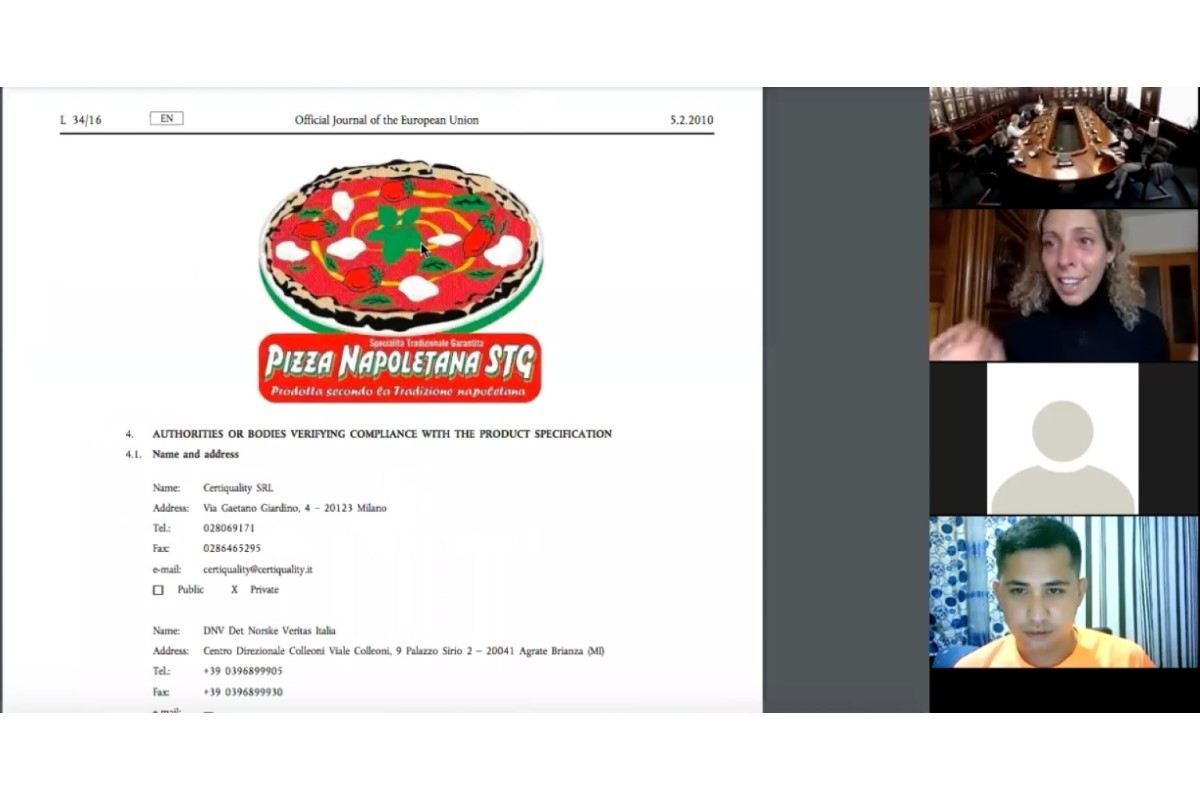Intellectual property law helps to find an authentic Italian pizza in St Petersburg

Benedetta Ubertazzi, Associate Professor at the University of Milano-Bicocca and Associate Professor at St Petersburg University (concurrently), gave a lecture on the legal protection of intangible heritage during the 20th International Student Law Conference iSLaCo. The expert explained what the Argentinean tango and Croatian gingerbread have in common, and why it is so important to explore the traditions of other countries before applying them in production.
Rapid globalisation not only removes borders and facilitates dialogue between countries, but may also lead to the erosion or even destruction of the intangible cultural heritage. To respond to this threat, more than 20 years ago the global community made a commitment to protect cultural heritage not only at the national level, but also at the international one. In 2003, the UNESCO General Conference adopted the Convention for the Safeguarding of the Intangible Cultural Heritage.
What does this concept include? It is customs, rituals, forms of representation and expression, including language, knowledge and skills, related objects, traditional crafts, artefacts and cultural spaces recognised by society. Such heritage is passed on from generation to generation, creating a sense of identity and continuity every time it is reproduced and transformed. Today, the UNESCO list includes, inter alia, Brazilian capoeira, production of traditional Japanese washi paper, the art of baking gingerbread in Northern Croatia, Argentinean tango, and music played with the Armenian duduk.
’All these represent a living heritage. They are not static like the Colosseum in Rome and require an individual approach,’ said Associate Professor Ubertazzi.
On the one hand, the possibility of heritage being diluted is a threat to a particular community, such as the people of a country. On the other hand, intangible heritage belongs to humanity as a whole, which means that its erosion poses a threat to the world as a whole. Transnational exploitation, where one country uses some of the heritage of another country, often increases the threat.
The expert gave an example: a liquor company in the Netherlands launched a vodka with an image of a Turkish dance on the bottle. The reason for using the image was that the contents included Persian herbs. As it turned out, the dancers depicted on the bottle were Mevlevi dancers belonging to the Sufi Tariqa religious society. The Mevlevi attach particular importance to music, singing and dancing during rites. ’It’s clear that the members of this religious order have no relation to alcohol or even Persian herbs,’ said Benedetta Ubertazzi. In 2005, UNESCO declared the Mevlevi ritual ’sama’ a masterpiece of folklore and intangible cultural heritage.
This is why the protection of the rights to intangible cultural heritage is so important. Cultural heritage cannot be literally demolished, like a building or a cultural monument, but the effect of improper usage might be just as notable. Associate Professor Ubertazzi is convinced that ’if Coca-Cola protects its rights, traditions can be protected just as well’.
Due to the current lockdown, Benedetta Ubertazzi cannot visit St Petersburg and regrets that restrictions prevent travel from Russia to Italy as well. However, the problem can be solved (albeit partially) with intellectual property protection tools. The lecturer advised that notice be taken of a system of legal regulation — traditional speciality guaranteed (TSG). It applies to food, agricultural products, wines and spirits. TSG requires absolute compliance with the recipe and manufacturing methods. Before being registered as TSG, the recipe of a product has to remain unchanged for 30 years. Therefore, if you find a TSG mark in a pizzeria in St Petersburg, you can be sure that the pizza will be identical to the genuine Italian pizza even if the borders are closed.

